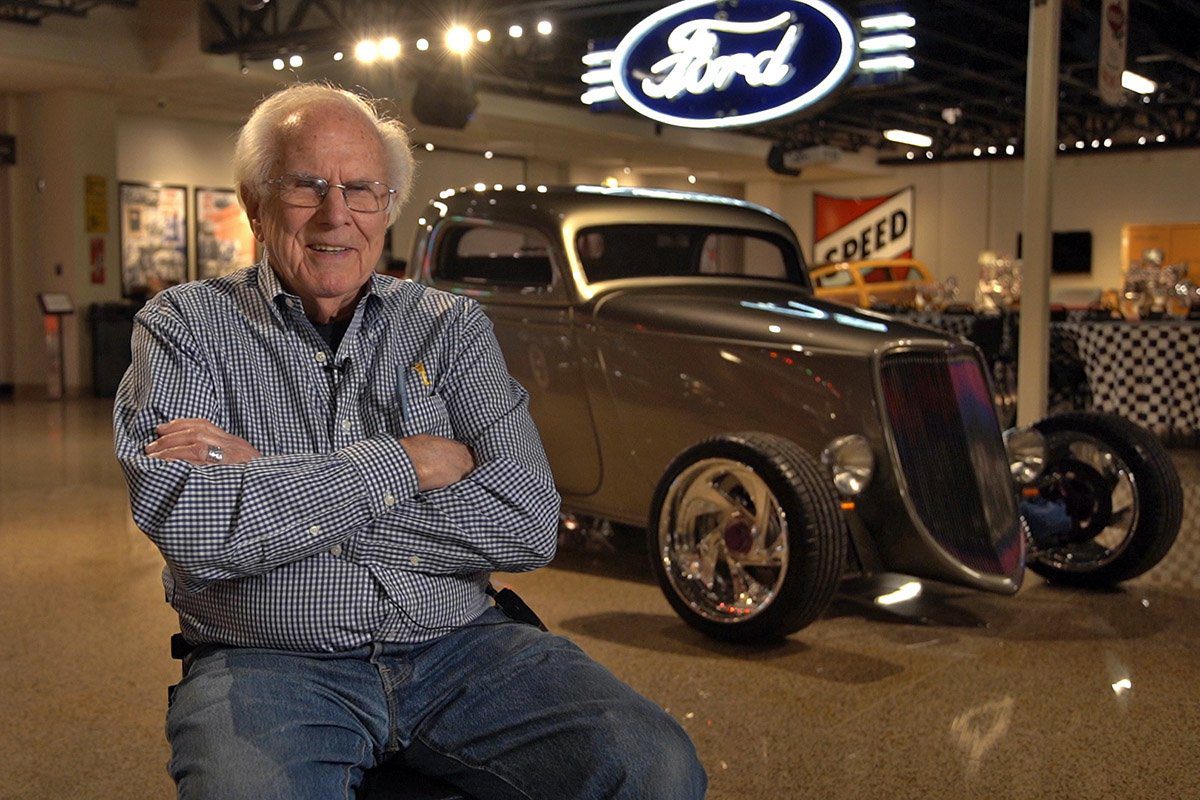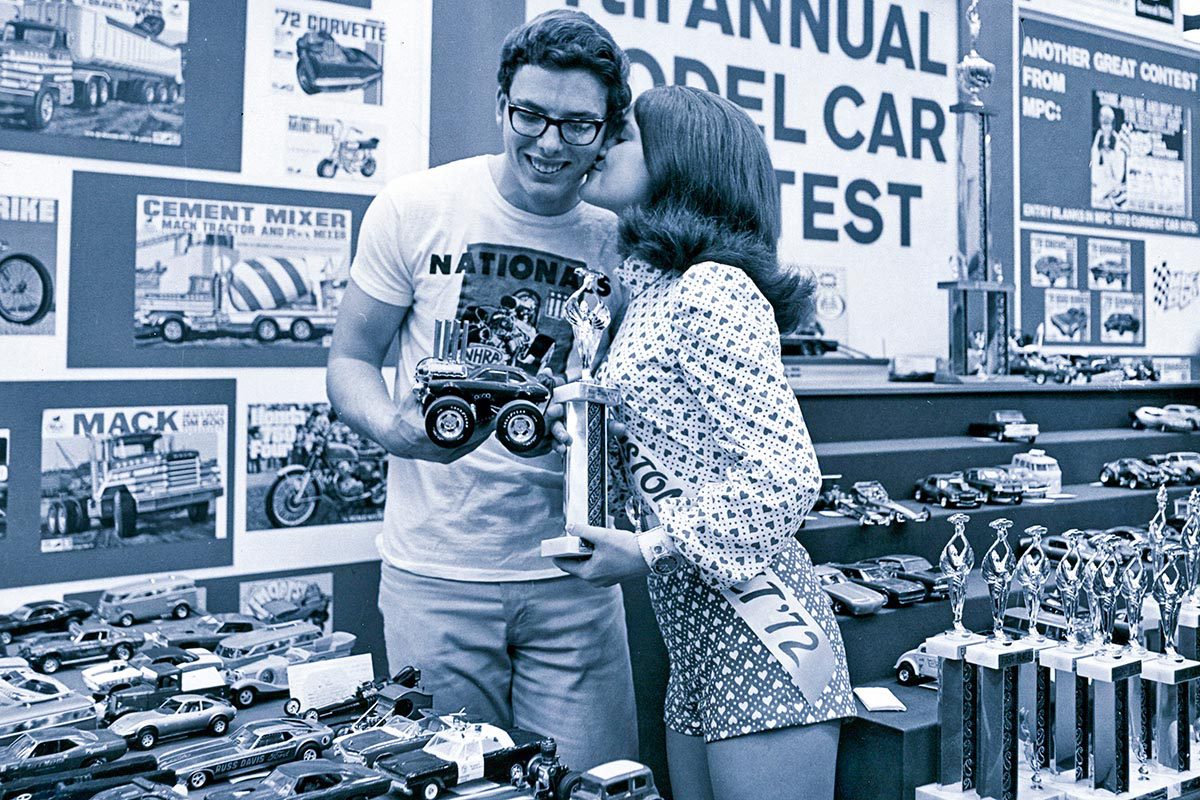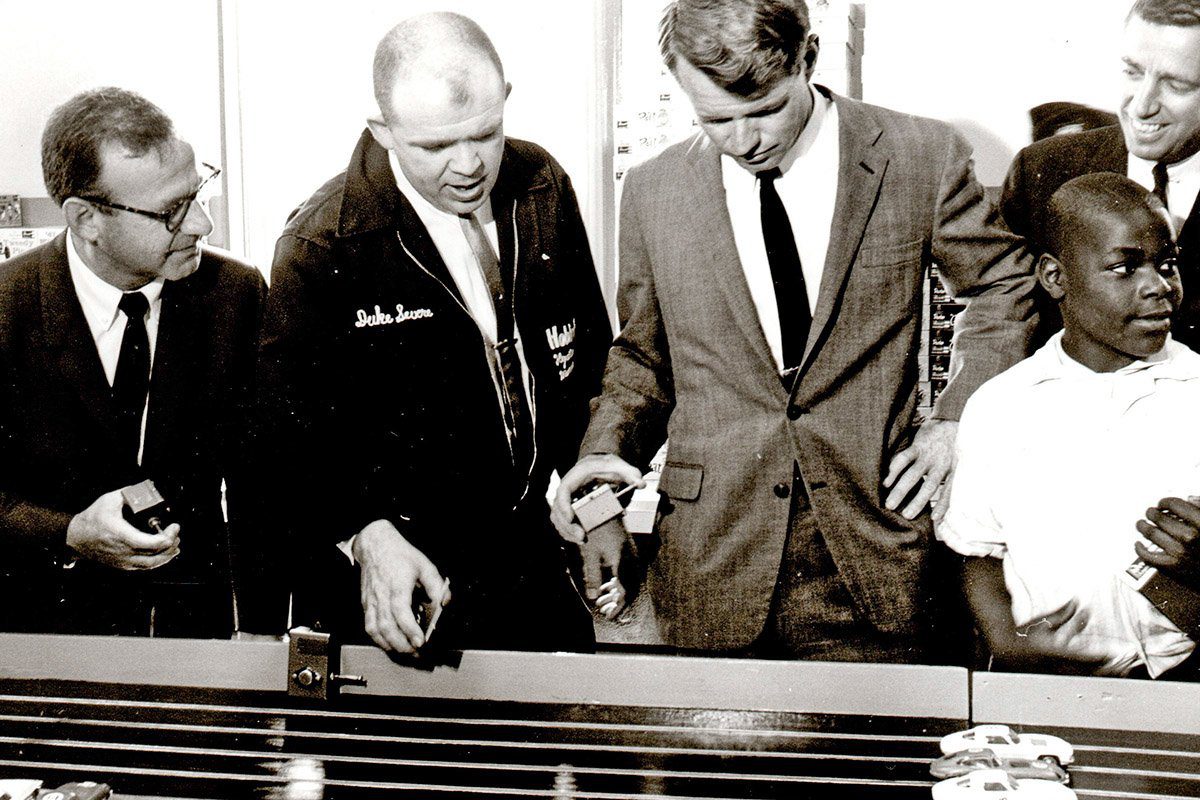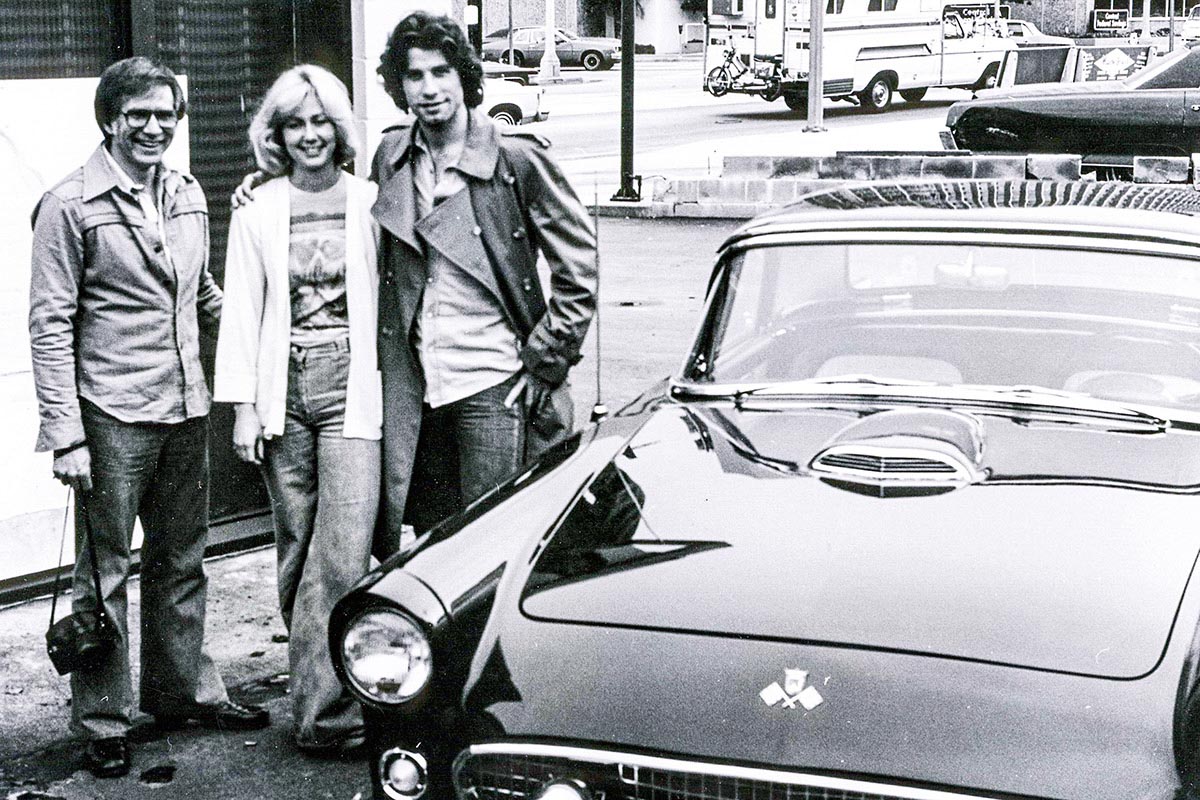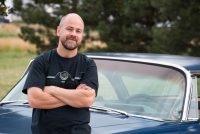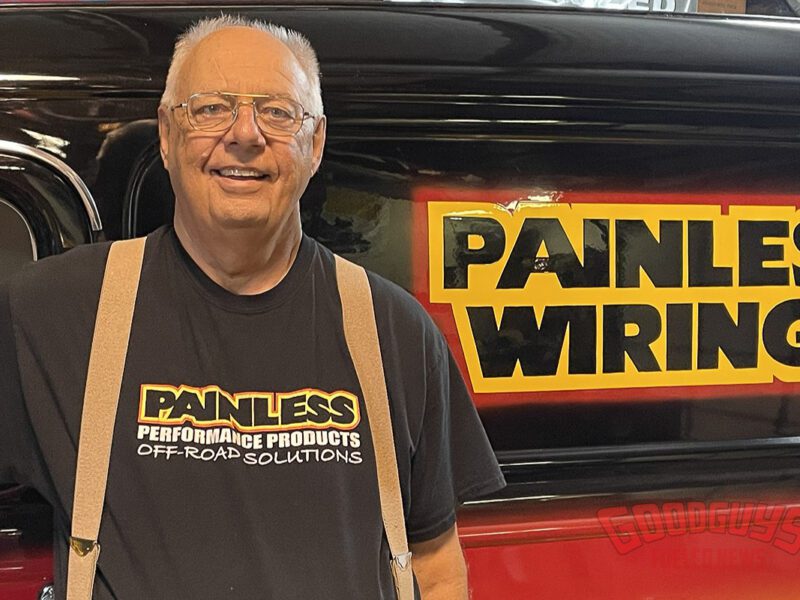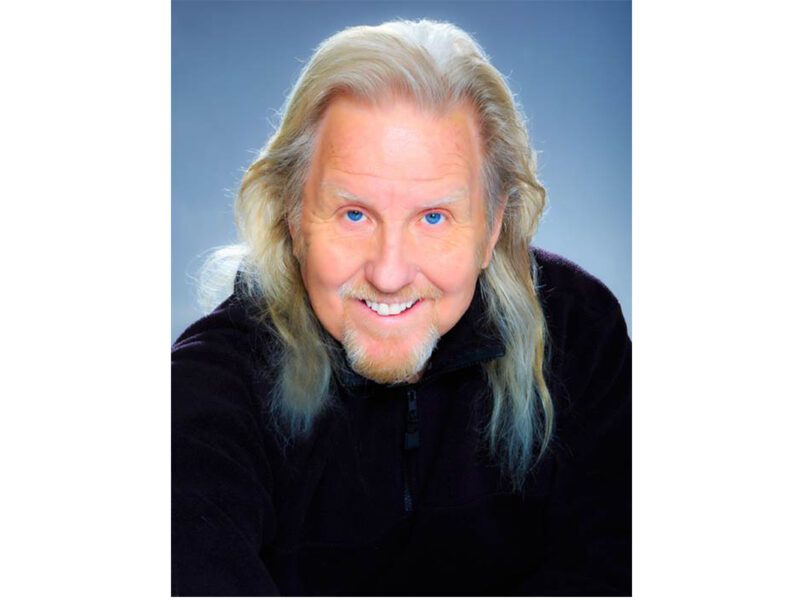5 Minutes With Bob Larivee Sr.
Bob Larivee Sr. knows a thing or two about car shows. After helping with the first Detroit Autorama put on by the Michigan Hot Rod Association in 1953, Larivee immersed himself in the business and soon met promotor Don Ridler, who encouraged Larivee to start his own events.
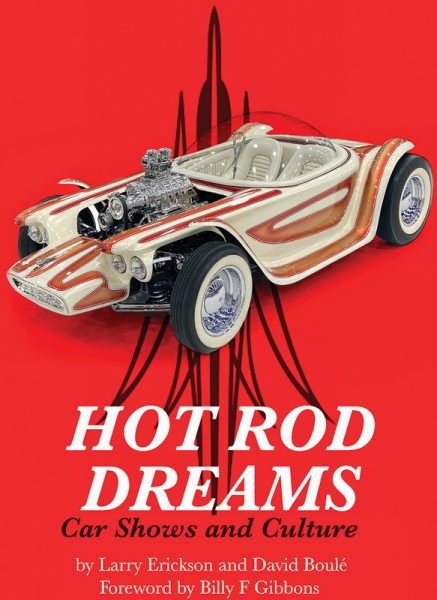 Larivee did just that, launching car shows with his company, Promotions Inc., starting in 1959. His series of shows grew quickly and before long Larivee had helped form the International Show Car Association (ISCA) to standardize car show vehicle judging. By the ’70s and ’80s, Larivee’s company was producing dozens of annual shows and booking big-name cars and celebrities to draw massive crowds across the U.S. and Canada.
Larivee did just that, launching car shows with his company, Promotions Inc., starting in 1959. His series of shows grew quickly and before long Larivee had helped form the International Show Car Association (ISCA) to standardize car show vehicle judging. By the ’70s and ’80s, Larivee’s company was producing dozens of annual shows and booking big-name cars and celebrities to draw massive crowds across the U.S. and Canada.
After turning over Promotions Inc. to his son, Bob Larivee Jr., in the mid-1990s, Bob Larivee Sr. stayed involved in car shows while also starting a fine art exhibit at the SEMA Show and writing and publishing numerous books about hot rod history. A new book by Larry Erickson and David Boule, titled “Hot Rod Dreams,” draws on many stories from Larivee’s decades in the business.
We caught up with Bob Larivee Sr., now 90, to talk car shows, racing, art, and more.

Goodguys Gazette: How did you get started producing car shows?
Bob Larivee: I was a sign painter. I ended up painting all the signs for the first Autorama in 1953 and for the next several years. It brought me closer to the guys running the events. I met Don Ridler in 1955. We became friends and I helped him on some shows. He encouraged me to start my own shows.
GG: What lessons did you learn from Don Ridler?
Larivee: His idea was to broaden the scope of the attraction. If you brought in musical entertainment, the wives would want to come along. That’s exactly what we did. Made it a family event.
- In the 1960s and ‘70s, plastic car model kits were sold in the millions. Bob Larivee began featuring model car contests at his shows where they became wildly popular, drawing thousands of entries, big crowds and – perhaps most importantly – they fueled hot rod enthusiasm in a new generation.
- It did not matter what kind of a dreamer you might be, even a grown up like Bobby Kennedy was intrigued by slot car racing, which swept the nation in the mid-1960s. Here Senator Kennedy is visiting one Bob Larivee’s shows and given a test drive. The incredibly quick little cars thrilled the kid in everyone.
GG: What were some of the bigger attractions you remember booking?
Larivee: We did an Autorama in about 1970 and booked Bob Seger, Ted Nugent, and Alice Cooper one year in Detroit. All three of ’em. As I recall, we paid Bob Seger $1500.
Then I met a guy who had the idea that we should book TV celebrities, like the guys from “Adam-12.” I’d never thought of that because most of our advertising was on radio. We had to change our advertising budget and spend it on TV. But we basically doubled our attendance in most cities.
- This photo was taken by famed builder George Barris outside his Hollywood shop. Left-to-right: Bob Larivee, his wife Lynne, and the star of the hit TV show Welcome Back, Kotter, a young John Travolta.
- With the emergence of rock ‘n’ roll, everything got hopped up, stripped down and personalized. Here, left-to-right, are hot rod hero Ed “Big Daddy” Roth, ZZ Top front man and hot rod enthusiast Billy Gibbons, and Bob Larivee.
GG: Your “Hot Rod Show World” publication was a combination show program and magazine and was extremely successful, right?
Larivee: We would sell the same program at all of our shows. Eventually that book sold 400,000 copies a year. We were the second-highest selling magazine in the country. The only thing bigger was Hot Rod Magazine.
GG: You had a long relationship with Ed Roth – he built many feature cars and made show appearances. What was he like?
Larivee: I loved Ed. I never knew anybody like him. You never knew what he was going to come up with. He was extremely creative; one of my dear friends. I bought his last top hat, just a month or so before he died.
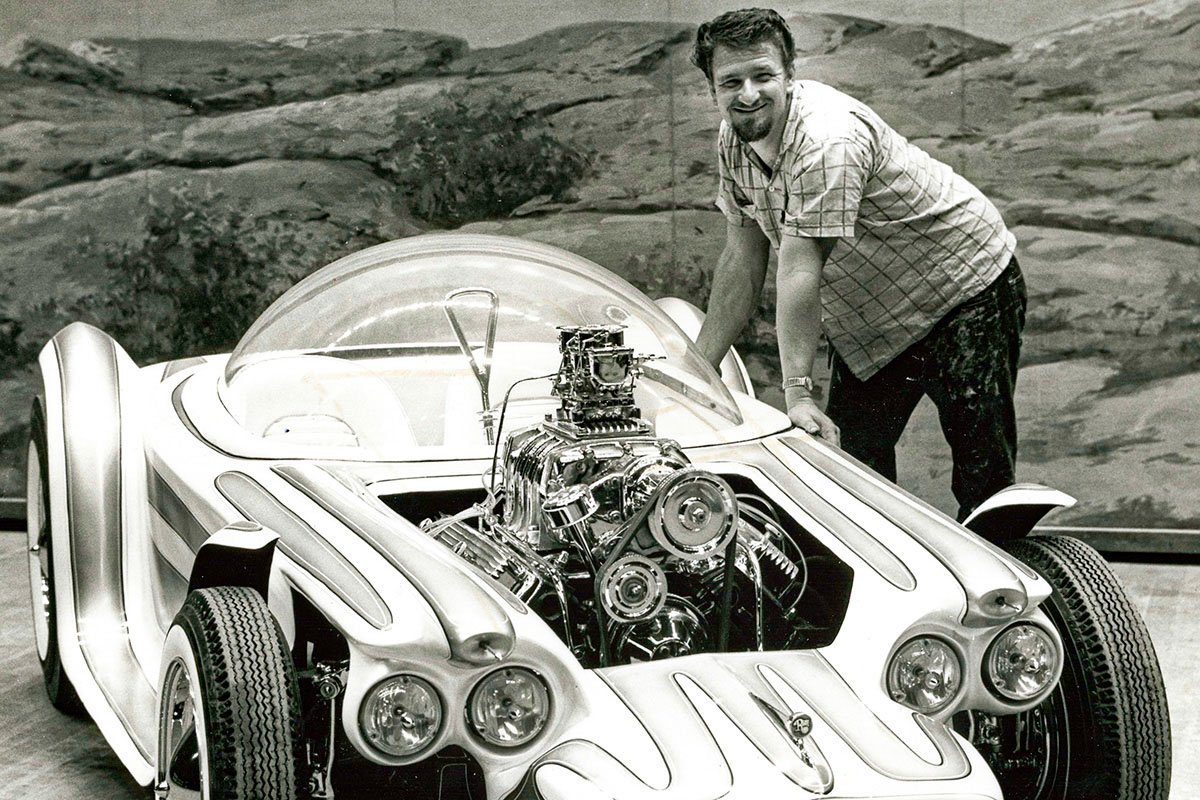
A singular and consuming vision, along with a larger-than-life personality, propelled Ed “Big Daddy” Roth to the center of hot rod culture. His shockingly inventive cars thrilled kids, inspired other builders and drew corporate sponsors eager to capitalize on his genius. He’s posing here with his most famous creation, the “Beatnik Bandit.” Roth and Larivee were lifelong friends and worked together for decades.
GG: You raced circle track cars in the ’50s and again in the ’70s. What was your biggest racing success?
Larivee: We started out running the Sportsman class; a couple years later we went to Super Stocks. The biggest race was a 250-lapper at a track up by Niagra Falls and one year I finished second. It was a big thrill. I wasn’t AJ Foyt or anything, but I loved the camaraderie and friendship.
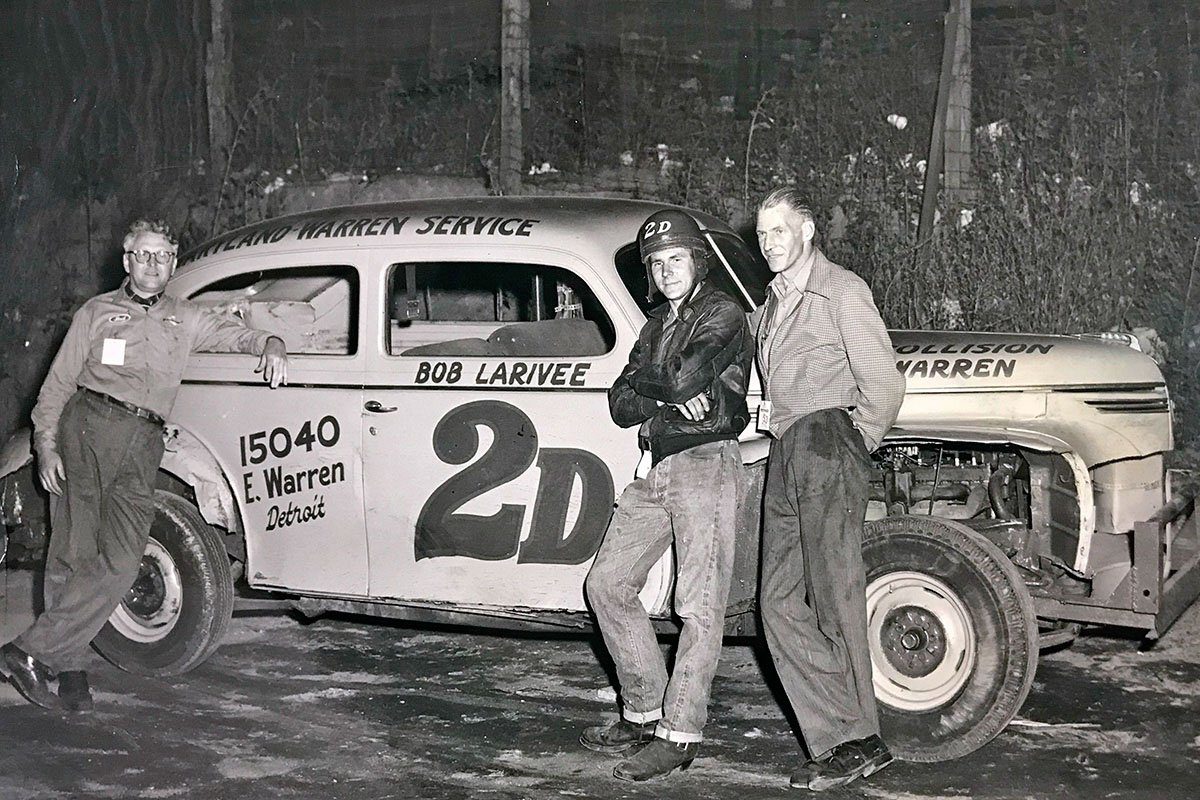
GG: How did you initiate the fine art exhibit at the SEMA Show, which continues to be a draw today?
Larivee: I had already been working for the Meadowbrook Concours art committee for a couple years. When I got the go-ahead from Jim Davis for SEMA, they gave us the whole lobby, an ideal spot. I started contacting artists – guys like Kenny Youngblood, Darryl Mayabb, Ken Eberts. There were a good number of artists doing just hot rod art. At one point, we were representing about 45 different artists. Everybody loved it.
GG: You’ve been around hot rods your whole life and have owned many. Any favorites?
Larivee: I don’t know how you talk about favorites. I built up a 55-car collection, based on everything. I had a couple Ferraris, a lot of muscle cars. I loved the ’5-’6-’7 Chevys. My favorite cars to drive were the Shelbys and the Trans Ams. I’ve still got my ’76 Trans Am I bought new. It’s my daughter’s now. It’s the last year for the 455.
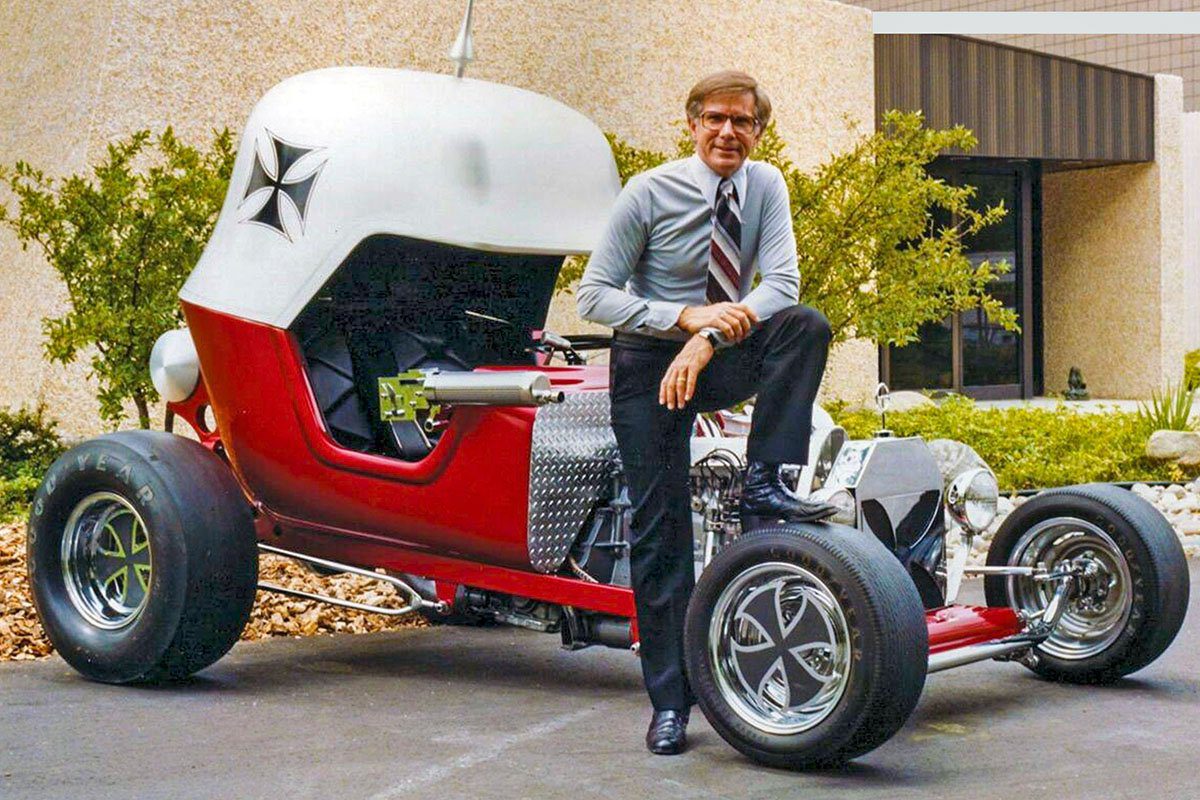
In the summer of 1968, Bob Larivee visited a toy trade show where he spotted a prototype of a new Monogram plastic model kit designed by Tom Daniel. He met with Monogram’s president and reached an agreement to build a full-sized version of the model. The “Red Baron,” inspired by the legendary World War I fighter plane, became a huge hit on the show car circuit and is Bob’s favorite car of all time. Today it is part of the Speedway Motors Museum of American Speed collection.
GG: How are car shows different today compared to when you started?
Larivee: They’re a lot bigger. But I think that’s giving the public a lot more for their dollar. The object of the car show is to get the best of the best and create an environment where you not only see great cars, but you also have great entertainment.

Bob Larivee started Promotions Inc. (PI) with his brother in 1959. The first shows were not profitable but much was learned. By 1963 they were producing 22 shows, and by 1979 over 200. This is PI’s packed Pittsburgh show in 1960.
GG: How often do you still attend car shows?
Larivee: It’s my life. I’ve got eight shows lined up for this summer, roughly every-other week. I love doing them because I get a chance to talk to people. I still love going.
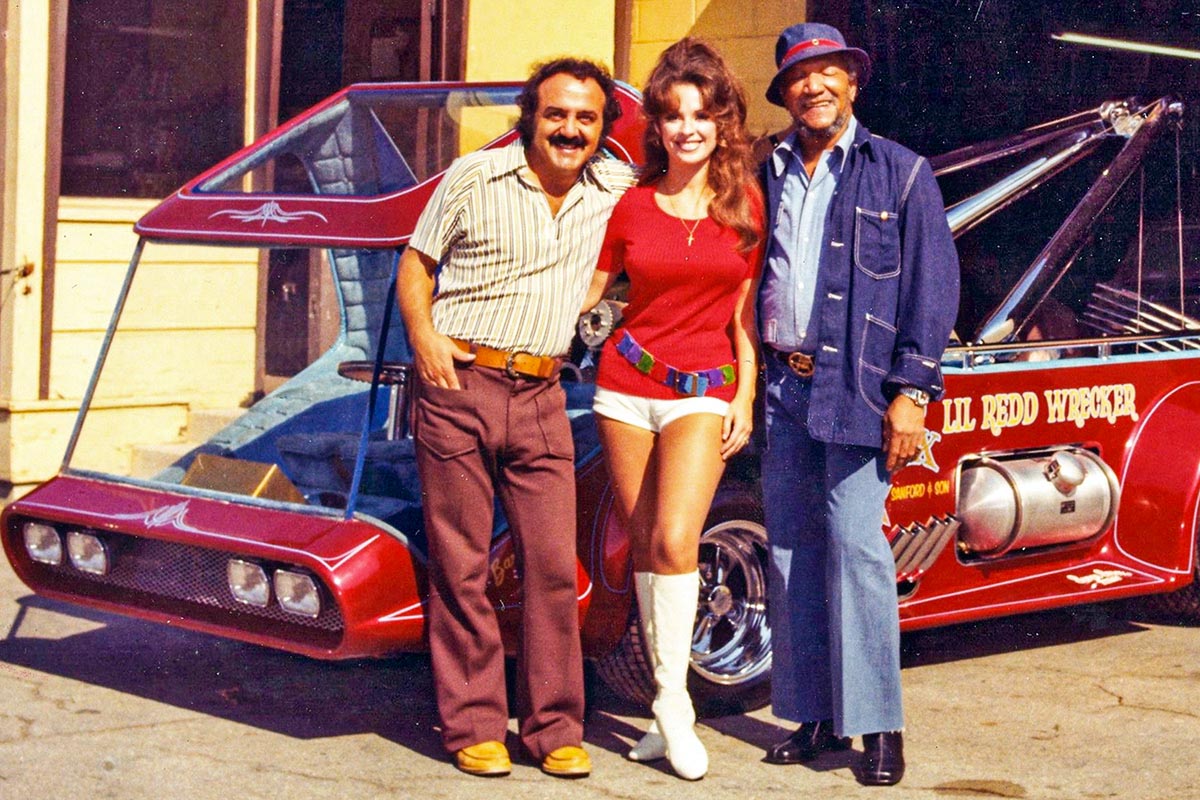
George Barris was “King of the Kustomizers.” His shop, “Kustom City,” was Hollywood’s go-to place to have cars constructed for TV and movies, and where the stars of those shows and films went to have their own dream rides built. Barris and Larivee were close friends, and many of George’s cars were popular attractions at Bob’s shows. Here, George (L) is standing with Miki Garcia (Playboy Playmate), and Red Foxx (star of the hit show Sanford and Son). Behind them is the “Lil Redd Wrecker” show car, featured on the TV show.
GG: You’ve been involved with a number of books, the latest being Larry Erickson and David Boule’s “Hot Rod Dreams.” What can you tell us about it?
Larivee: Larry Erickson has done a phenomenal job with the book. It’s the history of the car shows and how they affected America. There are great stories in there that have never been told. Larry went after these stories to prove that car shows affected a whole cross section of America. It’s a tremendous book. I’m happy with the job he’s done.

